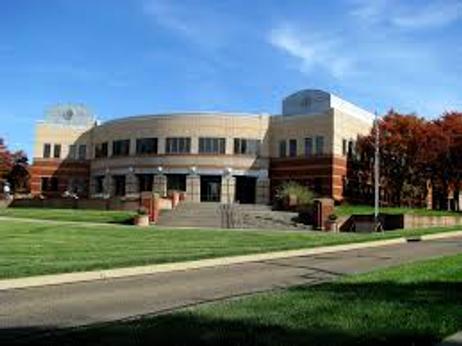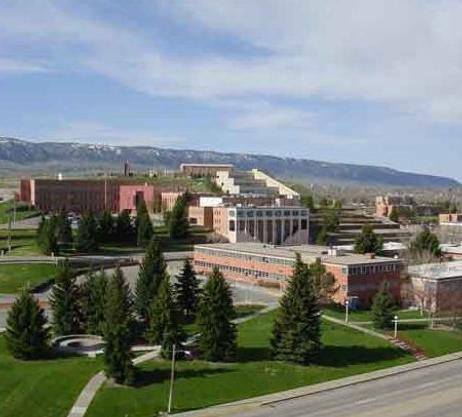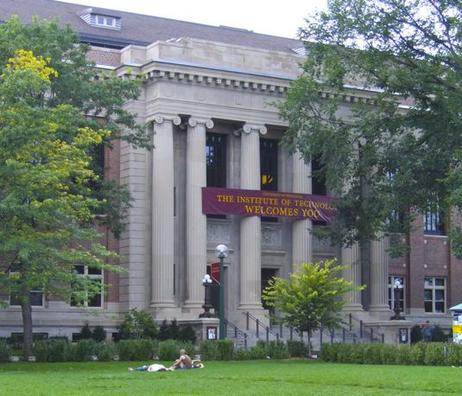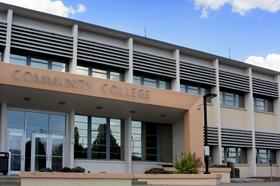After a full year of carefully assessing community colleges around the country, the Aspen Institute has recognized the top five performing schools with acclaim and hefty financial prizes. The awards were announced at the National Press Club in Washington D.C., where educators, business leaders, and lawmakers were all in attendance. These five schools represent a broad base of institutions of higher education, in terms of demographics, location, and areas of specialization.
About the Aspen Institute Award
The Aspen Institute began their quest for the top community college with a shortlist of 1,000 community colleges across the country. According to the Aspen Institute website, colleges were assessed on the following criteria:
- Student Learning
- Degree Completion and Transfer Rates
- Equity in Education
- Employment and Earning Potential after College
Improvement was also an area of careful scrutiny, particularly in regard to completion rates. With these factors in mind, the Aspen Institute was able to narrow the initial list of 1,000 schools to 120 by this past spring. From there, the organization chose 10 finalists to award prizes; one top school was awarded $600,000, four runners-up each received $100,000, and five additional schools each received a glass trophy for their efforts.
In this video, The Aspen Institute College Excellence Program Executive Director Josh Wyner explains the most compelling ways he's seen community colleges accomplish learning and labor market goals.
The Focus on Community Colleges
The role of community






















